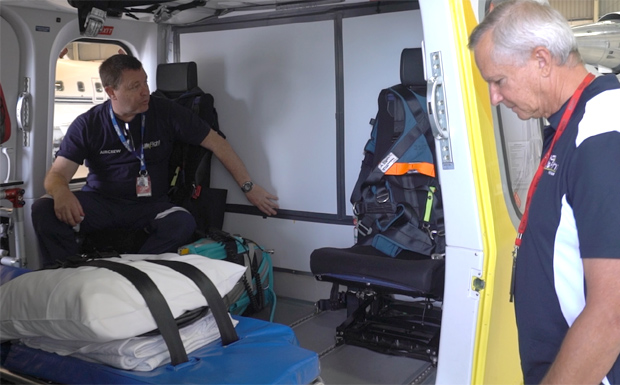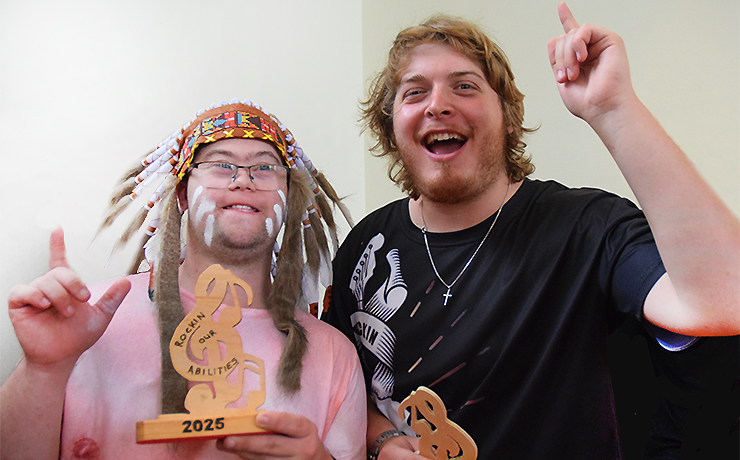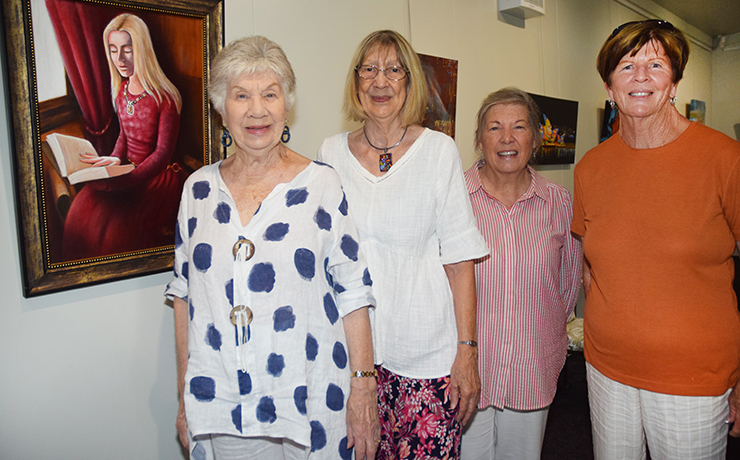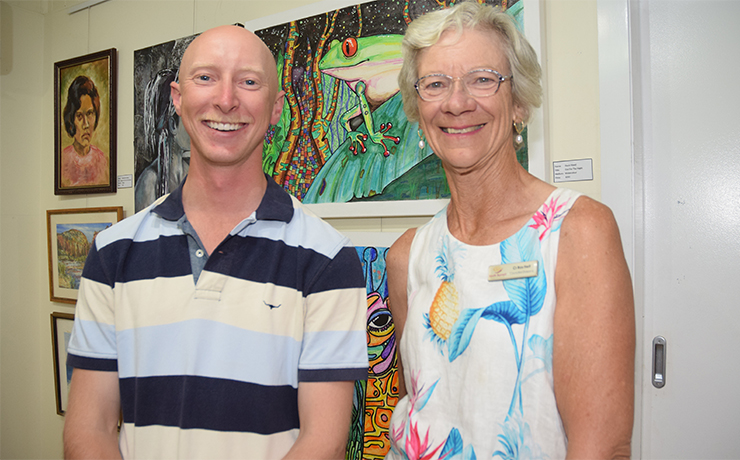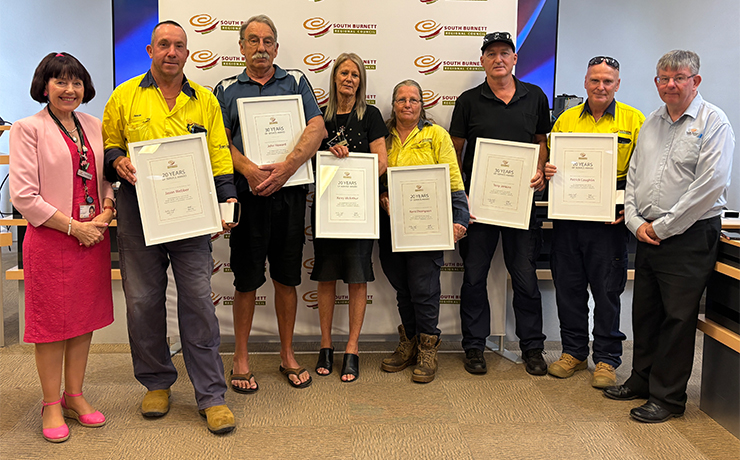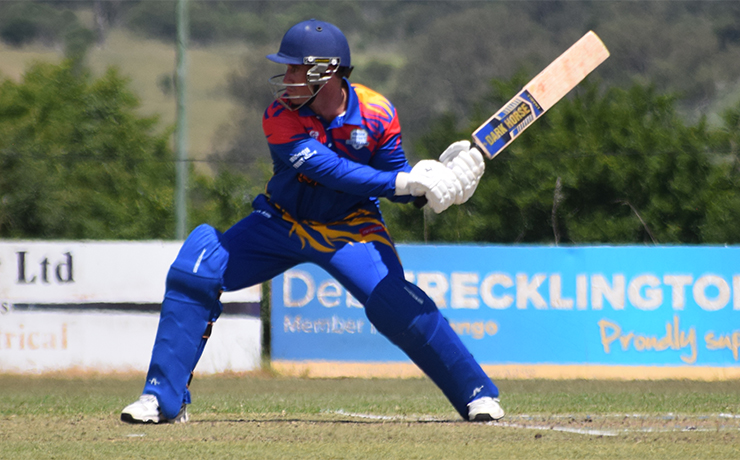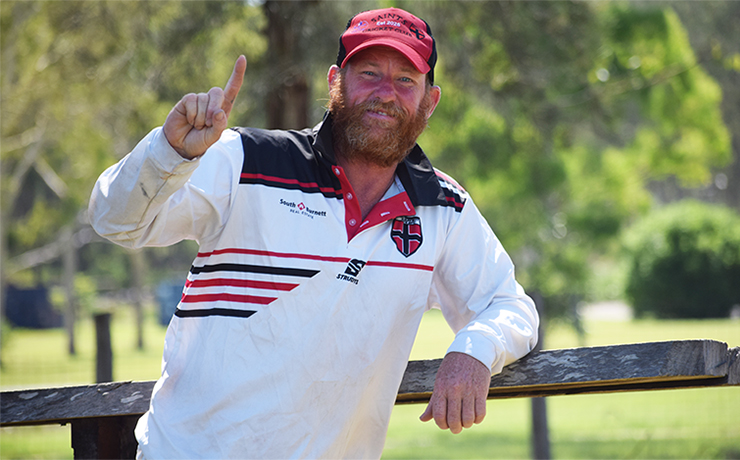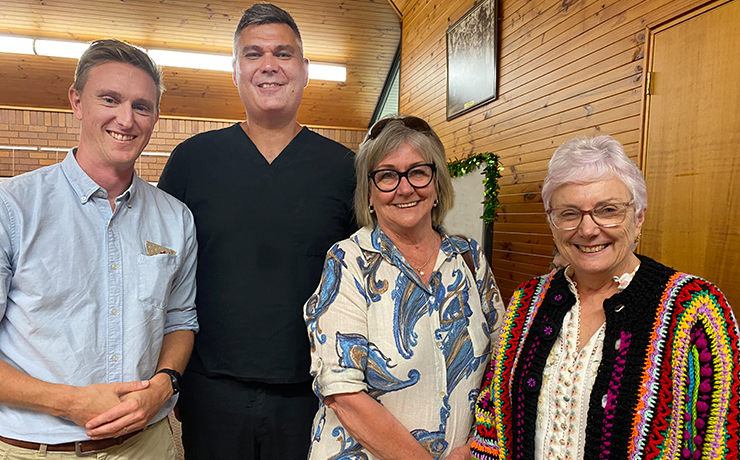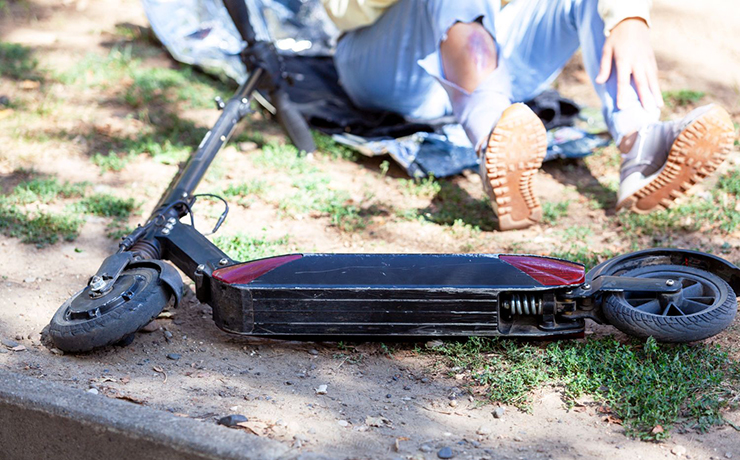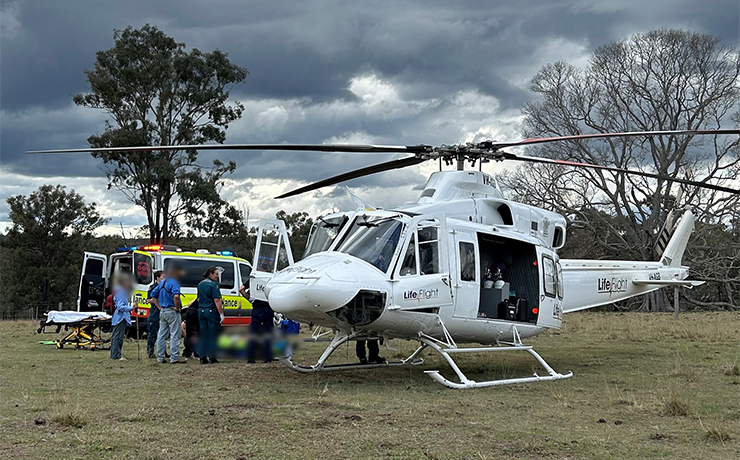
April 15, 2020
RACQ LifeFlight helicopters have recently been modified to protect pilots, doctors, nurses and paramedics from the threat of COVID-19 during emergency flights.
“The way we think about our jobs now is different, because every patient could potentially be a COVID-19 patient,” Chief Pilot David Bashir said.
“So the way we do business has changed dramatically.”
“I’ve been flying helicopters since 1990 and I’ve been with RACQ LifeFlight Rescue for the past 15 years.
“Every now and then we get patients who have a disease or viral infection that we have to wear masks for but this is certainly the first time we’ve had to go to this extent.”
RACQ LifeFlight helicopter crews now wear full body gowns, goggles, boots, face masks and head protection during flights.
The group’s helicopters have also been modified to provide extra protection against COVID-19.
LifeFlight engineers have reinforced a protective screen in the helicopters which separates the pilots from the medical crew and patient.
The reason is that unlike a pressurised jet, airflow in a helicopter is recirculated which means the potential risk of contamination from carrying a COVID-19 patient is higher.
“Our AW139 helicopters in Brisbane and Toowoomba already had a screen that separated the pilot from the cabin and the patient, so we’ve reinforced that screen with further measures to essentially isolate cockpit from the cabin,” Chief Medical Officer Dr Allan MacKillop said.
The LifeFlight Surat Gas Aeromedical Service AW139 helicopters, based in Toowoomba and Roma, have also had the same safety feature installed.
“RACQ LifeFlight Rescue is the only organisation in Australia which has managed to engineer something like this in such a short time,” Dr MacKillop said.
The innovation is now being shared with other aeromedical organisations in Australia and overseas.
RACQ LifeFlight has already safely transported a number of suspected and confirmed COVID-19 patients.
“We believe our preparations are as good as they can be, and we believe we will be able to manage any surge in transporting critically ill COVID-19 patients,” Dr MacKillop said.
